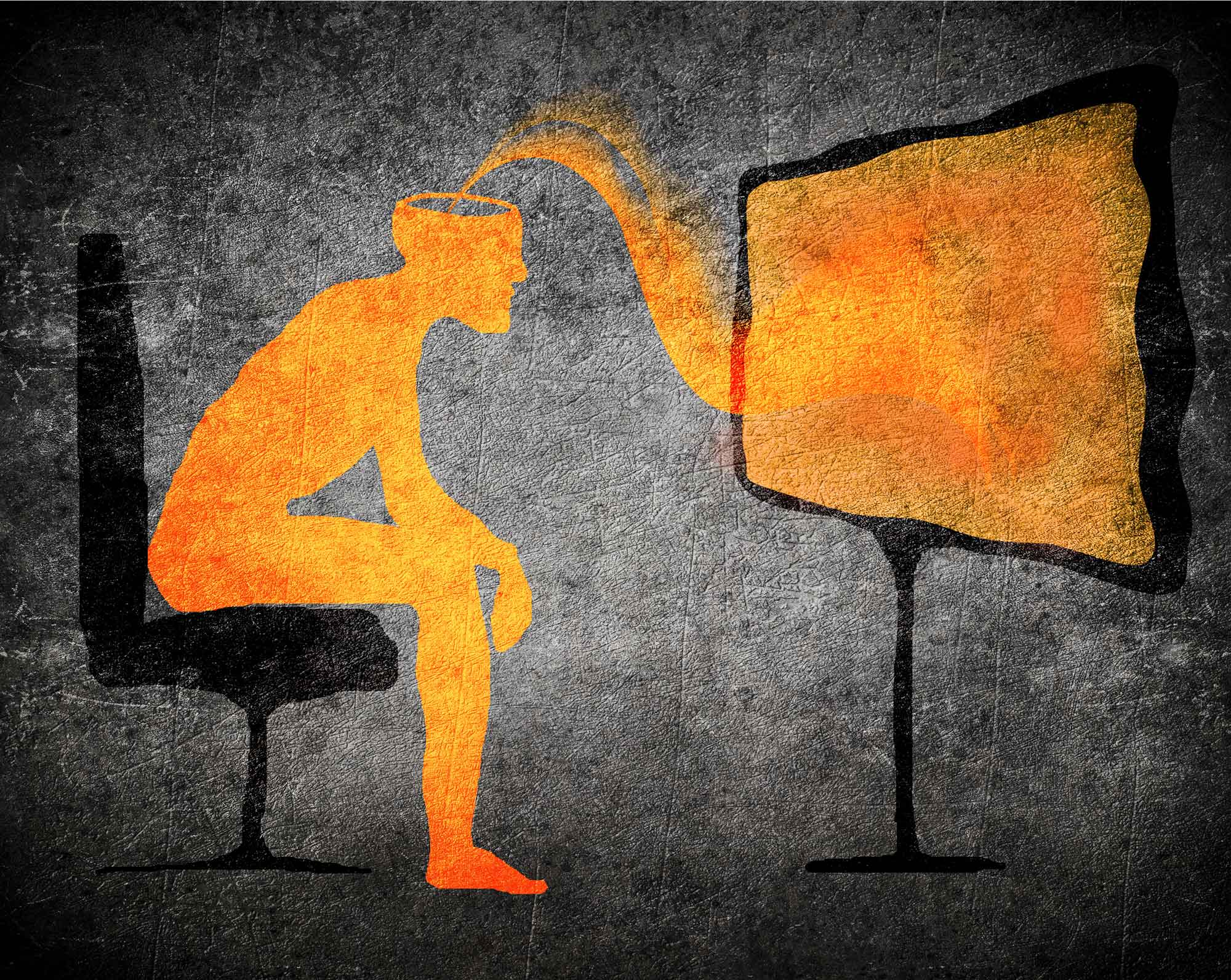Free-to-air TV Ads just don’t work like they used to

Lets face it back in the day, (and when I mean in the day I mean in the 80s or 90s) we could always recall the good old ads.. i.e the “VB ads” Victoria Bitter, “Not Happy, Jan” for Yellow Pages, and “Which Bank” for the Commonwealth Bank. They were clear winners and although in the past, they were rather iconic ads that stood out from the crowd.
However a 2017 survey conducted on 857 people by well-known market research agency ‘TH?NK Global Research’ unveiled some pretty ugly results. Well ugly for the Advertising industry and especially for brands who seem to keep spending loads on TV Ads.
57% – couldn’t indicate even a single ad that they could remember feeling positive about. It’s fairly apparent that TV ads seem to drive everyone nuts. And I’m not sure if I’ve met anyone that actually looks forward to watching the ads on the ad breaks. I want to be honest in this industry and say that media is no longer what it used to be. Things have changed dramatically and TV ads stir people up in a negative way period.
Consumers today seem increasingly overwhelmed by the advertising on offer across ALL mediums. Almost nothing seems to be both cutting through and impressing people anymore and especially on TV. There are of course exceptions, which can be successful enough to go viral on YouTube, but lately TV commercials aren’t a topic of conversation with friends and they certainly are doing very little to creating recall in the consumers mind.
Content for Choice
Perhaps the industry is stuck in time, or still in the MadMen era where marketers, advertisers and brands seem to still believe that people are spending an awful lot their attention on the TV screen. Screens are right but it’s not just the TV now. It’s the iPad, the iPhone, and pretty much anything with an ‘i’ on it and gives the consumer the priority of choosing ‘their own’ content.
The latest stats support this change in consumer behaviour. Figures released by Free TV Australia showed national revenue for the three networks (Seven, Nine & Ten) was $1.7 billion from January to June last year, a 4.3 per cent decline. Whilst figures compiled by KPMG showed revenue from video-on-demand (VOD) and online streaming was up 48 per cent. This is all in motion of the wave in cultural change. People want to choose their own content. 15-30 second commercials that interrupt and take time away, the most valuable commodity in the modern age. The threat is nothing to do with people losing their appetite for news and entertainment, bur rather the way in which they access that content is based on convenience and flexibility.
We’ve seen what’s happened with Channel Ten and the rest of the networks who continue to suffer an annual lost. The blame is being placed on a weak advertising market and government licence fees. But the truth is that marketing on television is expensive and ineffective when compared with cheaper digital advertising.
Budget Strategy
Marketers are taking more responsibility and accountability over their annual budgets, and moving spend to where the attention is, online.
In some cases the answer from your campaign strategist is you need to do it all! So for your campaign to perform better and to achieve maximum recall you need to roll it together with other expensive mediums such as radio, billboards, catalogues, or other annoying reminders.
I refuse to believe that it’s the creativity and the entertainment value of the work that marketers do that is declining somewhat, it’s just that the platform is not the best choice and when it is rolled out to say online, it looses credibility. It smells advertising all over it and rather then creating something authentic and real, ads have created a market behaviour that is now effectively ‘tuning out’ the content displayed.
Nearly two billion Australian advertising dollars now go into online. That’s a huge switch in advertiser behaviour, and it’s that behaviour that was initially created to supplement offline campaigns to what now seems to be replacing traditional ad spends all together. And this could be the reason for the fall in both ad and brand recall from consumers.
Applying those TV ads into Online ads is no longer a useful solution. It does not create brand positivity, as people are a lot more digital savvy, and they know when the content is real or when it is transactional in nature. Brands should focus on creating emotion but be empathetic to the medium their content is on.That does not mean you need to be more creative with banners ads, but it means that you need to respect the medium in which it is. For instance TV is for TV, banner ads are not TV and can’t convey a message that was on TV. Recall shouldn’t be the priority, the priority should be the consumer and not trying to get the maximum effectiveness from your campaign strategy all the time.
Quirky advertising and an interesting consumer promise is no longer enough. It is still possible to achieve awareness and likability among consumers but it is also about respecting the consumer on their platform of choice.





